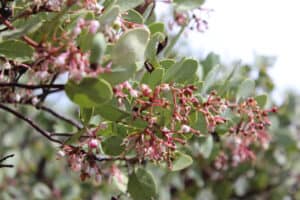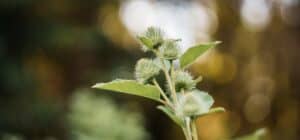The vitalist approach to healing is like an ecosystem, and herbalism is only one aspect of it. At its heart, vitalism is about living in accordance with nature. This means living harmoniously with it and learning to support your body’s natural intelligence through nutrition, hydration, rest, and other lifestyle habits. By understanding how vitalism extends into every corner of your life, you can make choices that energize you and fill you with vitality.
In today’s blog post, you’ll learn:
- The history and purpose of the vitalist perspective
- Why herbalism is only part of vitalism
- What it means to have vitality
- Daily practices that generate energy and vitalism
- The main factors that influence your vitality
Table of Contents
When you read the word “vitalism,” does herbalism come to mind? If it does, you aren’t wrong. After all, we speak extensively about the vitalist herbalism approach to healing. However, herbalism is only one facet of the complex cut gem which is the vitalism tradition. At its heart, this philosophy is about living in accordance with nature instead of against it. It means noticing how the trees release their leaves in preparation for winter mirrors your body’s need to slow down and rest during the colder months.
This looks like eating when you are hungry, stopping when you are full, drinking when you are thirsty, and resting when you are tired. Although living by the vitalist philosophy can become more complex when you address matters of sickness, in its most basic form, it comes down to learning to honor and live according to your body’s natural intelligence.
Resultantly, much of vitalism has nothing to do with herbalism, but instead focuses on nutrition, hydration, sleep, stress management, and cleansing, to name a few. Through understanding the philosophy behind traditional vitalist modes of healing, such as Ayurveda and Chinese medicine, your view of vitalism will broaden and help you live with these principles accordingly in your daily life.
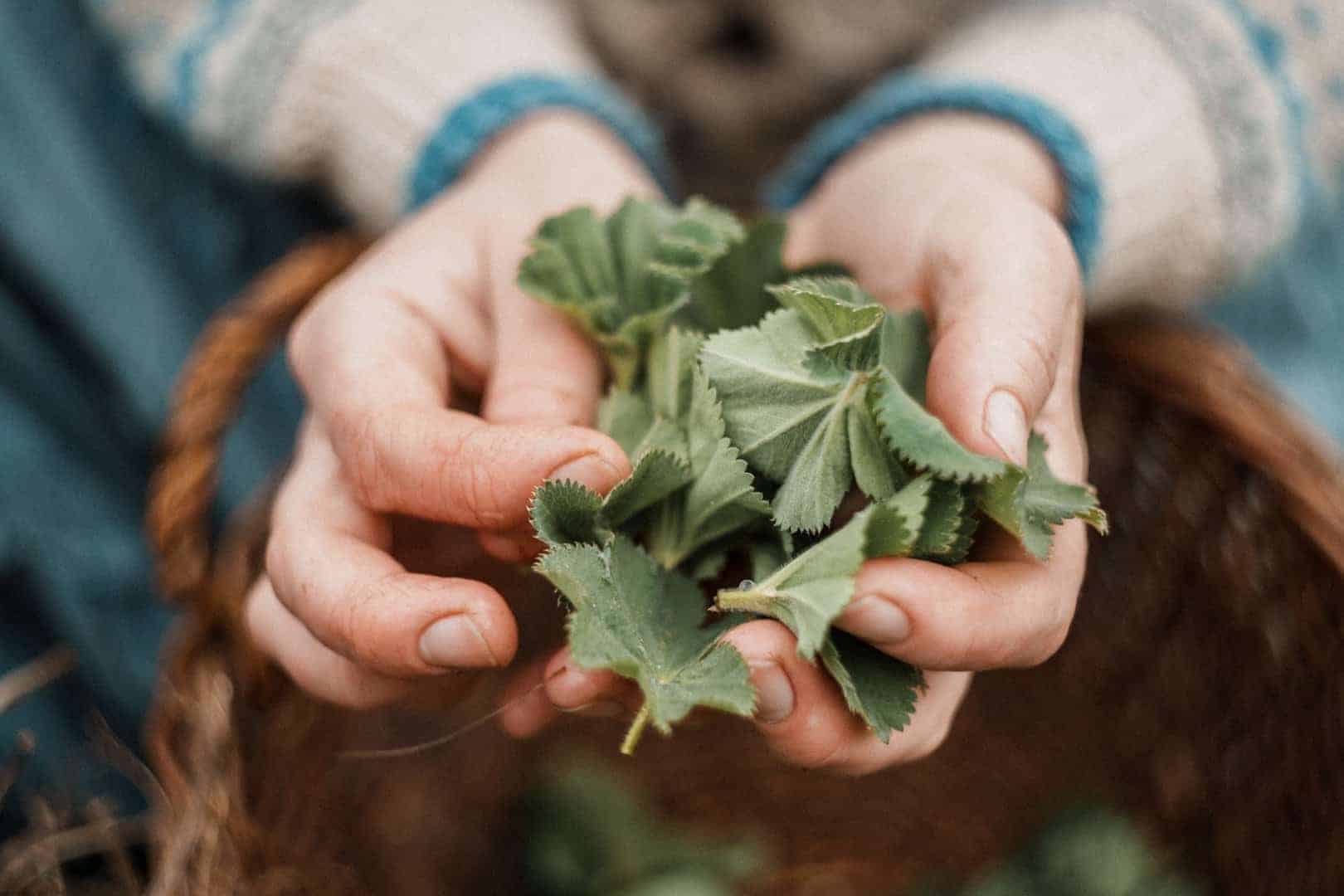
What Is Vitalism?
A common misbelief is that the concept of vitalism is exclusive to herbalism. However, this could not be farther from the truth! Although there are vitalist traditions and approaches to practicing herbalism, this philosophy and outlook can be found in every aspect of life.
Vitalism revolutionized my approach to herbalism and how I saw the world around me. At its core, vitalism is a lens and paradigm you choose to see the world. This perspective is built on the belief that there is an intrinsic intelligence to the natural world, including plants, animals, and the human body.
You can see this intelligence in how plants respond to the changing seasons and how your body responds to a fever. When you get a fever, it means that a pathogen has made its way into your body. In response, your body stimulates the immune system and the higher regulatory center of your brain to close the pores and raise the internal body temperature to denature and eliminate the pathogen. From this perspective, you can see that a fever is a vital and intelligent response from the body to an invading pathogen. Since the body’s vital response is to increase the temperature to break the fever, the vitalist herbalist’s response would be to encourage this with diaphoretic herbs.
These herbs open the pores and induce a sweat to encourage the fever process so that healing can ensue. In contrast, the allopathic model sees the fever as the enemy. Nonsteroidal anti-inflammatory (NSAID) drugs are the standard choice for suppressing a fever. Although it may offer temporary pain relief, these drugs ultimately depress the body’s natural response to a pathogen, and while the NSAID suppresses the fever, the virus or bacteria can reproduce further. Once the drug wears off, you feel sicker than before, the fever is prolonged by several more days, and it becomes more difficult to treat.
As you can see from this example, vitalism is about learning to live harmoniously with nature instead of suppressing it. There is a natural ebb and flow to all sentient beings, and vitalism illuminates this like a candle flame to a wall. Its light shines, and your only job is to follow it.
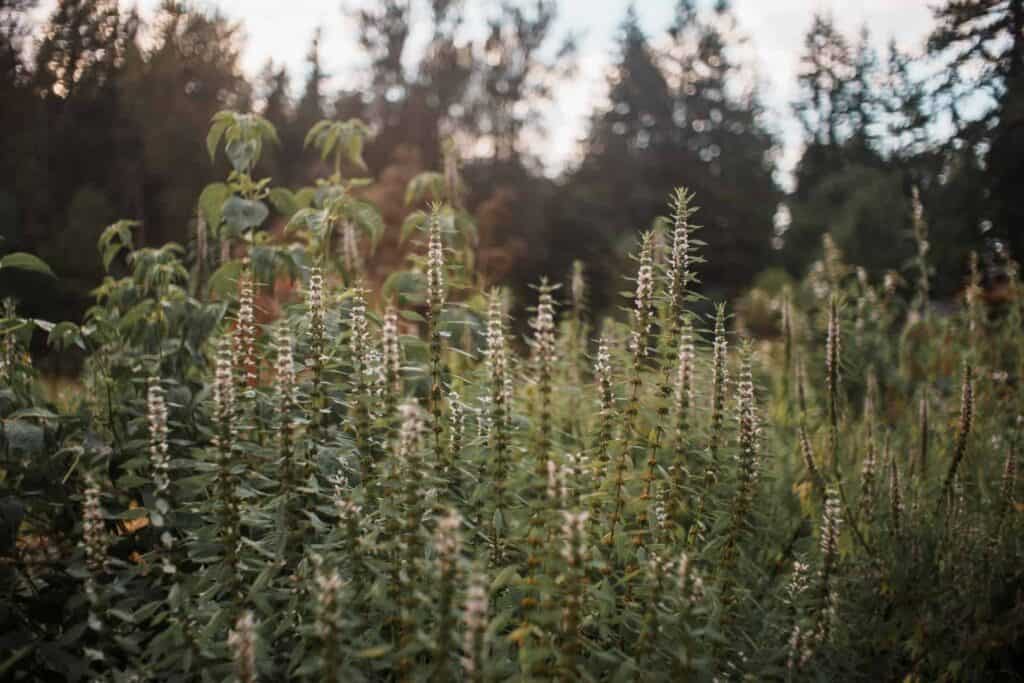
Vitalism is Not Just About Herbalism
At its core, vitalism is a mode of perception. One of the ways you can see how it reaches beyond herbalism is by understanding that it is a paradigm in which you see the world. Instead of rose-colored glasses, you wear vitalism-colored glasses. With them, you perceive the natural rhythms and flows of nature. In turn, this helps you live a lifestyle that lives in accordance with them instead of against them.
There are three ways you can observe patterns as a student of nature. The first is understanding how the changing seasons impact your internal seasons. Another way you can connect with nature is by noticing how you feel in different weather conditions. The third is how you feel in the ecosystem you live in.
Since the vitalist mode of perception recognizes that nature in the outside world impacts your internal world, you can take note of how the seasons, weather, and overall ecosystem you live in affect your physical and mental health. Do you feel yourself come alive during the wintertime, your mind finally cooled off from the summer heat and at ease, or do you feel anxious? How you feel during the changing seasons is valuable information that grants you tremendous insight into your constitution and energetic patterns.
It’s no secret that weather impacts mood. Over here in the Pacific Northwest, it can be cloudy and rain for six months straight! This can make you feel melancholic, and all of this dampness can make arthritis and other damp-type conditions feel worse. A significant step towards developing a relationship with the natural world is to recognize how you feel when there is different weather. Notice if you feel irritated by the sun or cannot get enough of the warmth. Likewise, do you feel soothed by the rain, or does it bring up feelings of sadness and lethargy you can’t shake? Since like increases like, you can deduce that you may be prone to heat patterns if heat makes you feel bad, or that you may be disposed to damp conditions if damp weather makes your symptoms feel worse. Lastly, take note of how the ecosystem you live in affects your health. Some people thrive in the dry heat, while others need cooler or damper climates. Nature is always giving you clues about what your body needs. The trick is to listen.
What IS vitality?
What comes to mind when you think about the qualities and characteristics associated with vitality?
The first measuring stick you can use is how much energy you have. Do you struggle to get out of bed each morning and drag yourself through the day, feeling exhausted? Or do you wake up feeling energized and have the sustained energy needed to move throughout the day and complete your tasks? Remember that you are not designed to be a machine, and you will feel tired at a certain point. However, these general patterns can help you identify how much vitality you are feeling across the board.
You can identify high vitality through a glow of the skin, bright eyes, and healthy nails. Mentally, as clarity of the mind, good focus, cognition, and strong memory. Emotionally, by having the capacity and bandwidth to process your emotions healthily. These are some of the qualities I associate with being vital, healthy, and vibrant. What would you add?
The Main Keys of Vitality
What determines your core vitality? Is it the herbs you take, the food you eat, or something out of your control?
The first component of vitality, simply put, is your genetics. Based on the genetics of your parents, you will have a certain innate degree of vitality. While some people are born with a strong and vital constitution, others are born with one more that is more sensitive. This essential vitality is known as jing in Chinese medicine.
You can think of jing as your energy savings account. You begin life with a certain amount, and throughout your life, it slowly depletes as you face emotional challenges, sickness, and age. Jing is considered a vitality source that you cannot restore. That said, the goal is to preserve it through a healthy lifestyle. Aside from jing, there is a different form of vitality that you generate through everyday healthy practices, such as getting sufficient sleep, eating nourishing meals, giving yourself time to rest, and so on. This form of vitality is known as qi in Chinese medicine and is something you can influence through your daily decisions.
Stepping back from Chinese medicine and looking at the bigger picture, digestion is an essential determining factor of your vitality in nearly every mode of traditional medicine. Many of these systems view digestion as the root of the vital tree. If the digestive system (the root) is impaired, all consequential processes are impaired. If you think of your digestive system as the roots of a tree, then the soil is the food you eat to nourish it. There are two main aspects of digestion: The quality of the food and the state of your digestive system. Is your food healthy, nutrient-dense, and clean from pesticides, or is it heavily processed and void of nutrition? Secondly, are you able to digest the food you are eating, or do you get stomachaches, bloating, and inconsistent bowel movements?
It doesn’t matter if you buy the purest food on the planet if your digestive system cannot absorb the nutrients. While healthy foods encourage gut health, there are times when herbs and other practices are needed to restore digestive functioning. My teacher at Bastyr really got it right when he said, “You are not what you eat. You are what you assimilate.” For this reason, there is often a strong focus on digestive health in vitalist traditions. Healthy digestion could not be more pertinent in an era where poor farming practices, artificial additives, and high amounts of pesticides are causing a decline in nutrient content. Combine this with antibiotic trauma to the gut and food intolerances, and you got yourself a pretty serious picture. If you cannot effectively digest your food, your body will not be able to absorb the nutrients it needs to be well. Aside from food, your body requires hydration in the form of water and healthy fats and oils. Ultimately, this helps your body digest and assimilate food as well.
Another factor that influences your vitality is sleep and rest. There is only so long you can go before you need to pause for rest. If you take time to replenish you will learn to manage your energy well. If you keep pushing past exhaustion, you will soon be met with burnout. Taking time to rest recharges you with qi while driving yourself into burnout depletes jing. For this reason, it is important to take rest just as seriously as you do work. Feeling tired is a vital response to when your body needs rest. Instead of fighting it, learn to listen to it and honor the rhythms of your natural body.
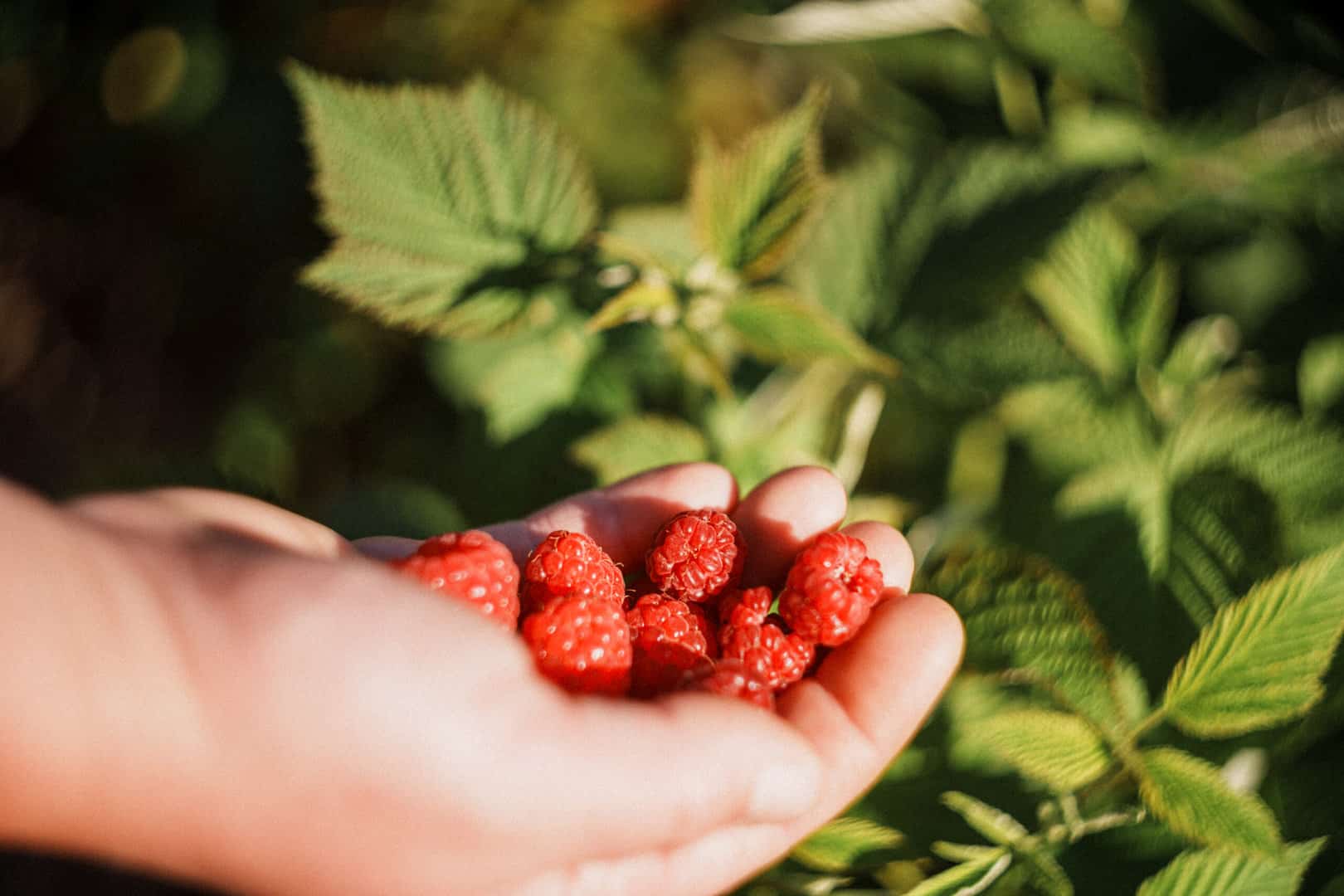
When Herbs Aren’t Enough
As you may have noticed by now, many pillars of vitality have nothing to do with herbs! The takeaway from here is that although herbs possess incredible healing potential, they are not always enough and cannot replace proper nutrition, hydration, and rest.
In traditional and vitalist models of healing, herbs were seldom used alone. Instead, they were combined with other therapies to reach optimal results. For this reason, Ayurveda, Chinese medicine, and many other traditions focus heavily on food and cleansing protocols.
Some conditions can be healed by removing a food your client has an intolerance or allergy to. Autoimmune, joint pain, and mental health challenges can all be triggered by certain foods. That said, it doesn’t matter how many inflammatory-modulating or digestive remedies you give someone. If there is a specific food that fuels their digestive issues, they will need to eliminate the food to reach healing. Similarly, if someone has chronic anxiety because of nutrient deficiencies, you should work to correct these deficiencies instead of mitigating the symptoms with nervines.
All herbal traditions from around the world are rooted in the vitalist approach to healing. There is traditional Chinese medicine, Ayurveda, which stems from India, Greek medicine, homeopathy, physiomedicalism, and eclecticism. Despite having different names, each stems from the vitalist perspective. If you take the time to develop a relationship with the natural world, you will see that there is a vital force within plants, ecosystems, and the body.
As a vitalist herbalist, it is this consciousness you need to learn to listen to. As I always say, “the herbalist is first, foremost, and forever a student of nature.” A key principle of vitalist herbalism is that you come to understand your body and how it works by studying the patterns of nature. The natural world possesses the information and wisdom to inform you of how your body, mind, and overall health work. Likewise, it reveals information to you about how plants function and heal. The more you study nature externally, the more you will understand nature internally. This core vitalist principle makes you a better herbalist since it enriches and deepens your understanding of how the body and medicinal plants work together.




